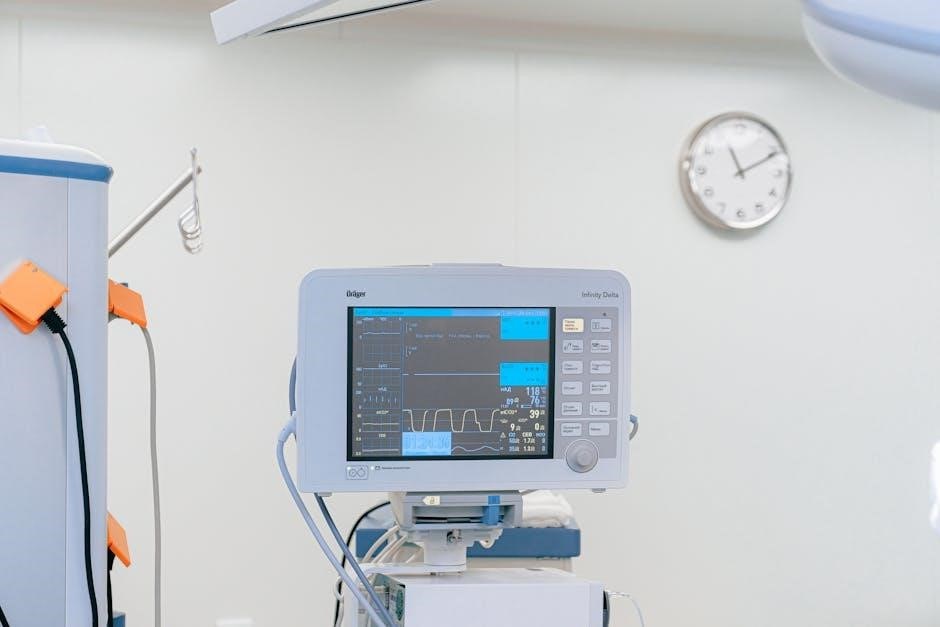
Exercises after bunion surgery are crucial for recovery, preventing stiffness, and restoring mobility. They include range-of-motion and strengthening activities to promote healing and improve foot function.
Overview of Post-Surgery Rehabilitation and Exercise Importance
Post-surgery rehabilitation plays a vital role in restoring foot function and promoting healing after bunion surgery. A structured exercise program helps prevent stiffness, enhances circulation, and strengthens muscles around the big toe joint. Early mobilization exercises, such as toe stretches and range-of-motion activities, are essential to maintain joint mobility and avoid complications. Consistent effort in performing these exercises ensures proper alignment and reduces the risk of recurrence. Rehabilitation protocols may vary based on the surgical procedure but typically include phased exercises tailored to the patient’s progress. Adhering to a customized exercise plan supports long-term recovery and helps patients resume daily activities comfortably. Regular physical therapy sessions and home exercises are key components of a successful rehabilitation journey, emphasizing the importance of patience and adherence to professional guidance.
Key Exercises After Bunion Surgery
Range-of-motion exercises, toe stretches, and mobilization techniques are essential for restoring flexibility and strength after bunion surgery, promoting proper healing and joint mobility.
Early Stage Exercises (0-2 Weeks Post-Op)
During the initial recovery period, gentle exercises focus on preventing stiffness and promoting circulation. Toe mobilization and seated heel slides are recommended to maintain joint mobility without strain. Avoid weight-bearing activities and prioritize rest. Gentle stretches, such as bending the big toe downward, can be performed while seated. These exercises should be done 5 times daily to improve flexibility and reduce swelling. It is crucial to follow professional guidance to avoid overexertion, as the foot is most vulnerable during this phase. Proper wound care and adherence to post-operative protocols are essential for optimal healing. Early exercises set the foundation for a successful recovery, ensuring the big toe joint remains mobile and strong. Consistency and patience are key during these critical first weeks post-surgery.
Intermediate Stage Exercises (2-6 Weeks Post-Op)
At this stage, exercises focus on gradually increasing strength and mobility. Toe strengthening activities, such as towel scrunches and marble pick-ups, are introduced to improve dexterity. Ankle exercises, including resistance band workouts and heel raises, are also incorporated to enhance stability. Patients may begin gentle weight-bearing activities, such as standing heel-to-toe exercises, to improve balance. Seated calf stretches and toe spreads are recommended to restore flexibility. It is important to progress slowly and avoid overexertion. These exercises help prepare the foot for more dynamic movements and everyday activities. Consistency is key to rebuilding strength and ensuring proper healing. Always follow a tailored program provided by a healthcare professional to avoid complications and promote optimal recovery.
Advanced Stage Exercises (6+ Weeks Post-Op)
At this stage, exercises focus on restoring full mobility and strength. Activities like walking uphill to encourage toe flexion and stepping exercises to improve balance are introduced. Patients may perform resistance band workouts to strengthen the foot and ankle. Single-leg balance drills and dynamic stretches are also recommended to enhance stability and coordination. These exercises aim to prepare the foot for more vigorous activities and daily tasks; It’s important to gradually increase intensity to avoid strain. The goal is to restore normal gait and function while preventing recurrence. A tailored program from a physical therapist ensures exercises are safe and effective for long-term recovery.
Additional Tips for Maximizing Exercise Effectiveness
Consistency is key—perform exercises as recommended by your healthcare provider. Focus on proper technique to avoid injury and maximize benefits. Use props like resistance bands or towels for added challenge. Gradually increase intensity to prevent overexertion. Incorporate activities that promote balance, such as single-leg stands, to improve overall foot stability. Moisturize your foot regularly to support skin health and reduce scarring. Wear supportive footwear during exercises to ensure proper alignment. Stay hydrated and maintain a healthy diet to aid recovery. Avoid smoking, as it can impede healing. Finally, listen to your body—pain is a sign to stop or modify an exercise. By following these tips, you can enhance the effectiveness of your post-surgery exercises and achieve a smoother recovery.
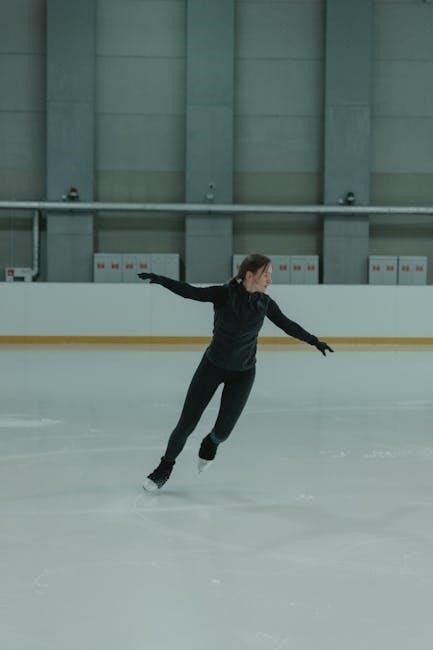
Common Mistakes to Avoid During Recovery
Overexertion, premature weight-bearing, and ignoring professional guidance are common mistakes. Avoid putting pressure on the affected foot too soon and ensure proper wound care to prevent complications.
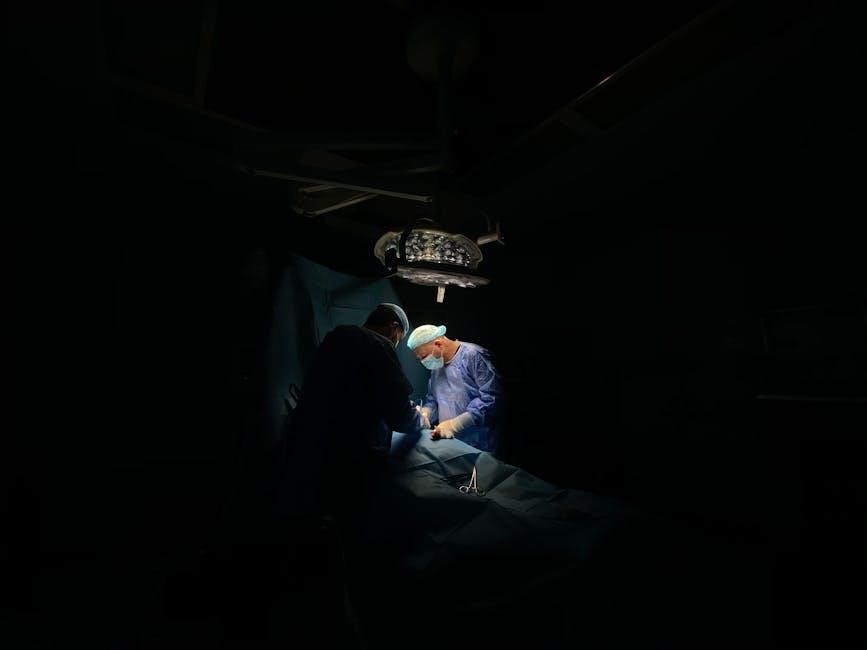
Overexertion and Premature Weight-bearing
One of the most critical mistakes during recovery is overexertion and premature weight-bearing. Putting too much pressure on the foot before it has fully healed can lead to complications, such as delayed healing or recurrence of the bunion. Patients should avoid activities that strain the foot, such as walking without support or driving too soon. Driving is generally safe around 6 weeks post-operatively, but this varies depending on the individual’s progress. Premature weight-bearing can disrupt the alignment of the toe and metatarsal bones, which were repositioned during surgery. It is essential to adhere to the post-operative rehabilitation protocol and use assistive devices, like crutches, to avoid putting unnecessary stress on the foot. Ignoring these guidelines can prolong recovery and diminish surgical outcomes. Always consult your surgeon or physiotherapist if unsure about acceptable activities during the healing process.
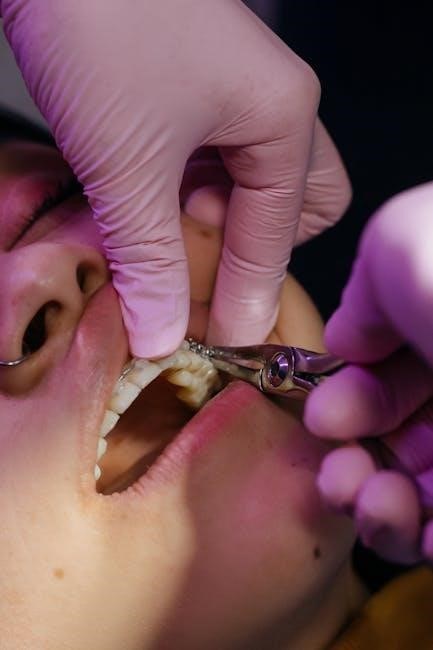
Ignoring Professional Guidance and Rehabilitation Protocols
Ignoring professional guidance and rehabilitation protocols is a common mistake that can hinder recovery and lead to complications. Each bunion surgery is unique, and adhering to a personalized exercise and rehabilitation plan is essential. Patients should avoid substituting generic advice for tailored recommendations from their surgeon or physical therapist. Failing to perform prescribed exercises or attend follow-up appointments can result in prolonged recovery, improper healing, or even recurrence of the bunion. Additionally, neglecting professional advice may lead to chronic pain or limited mobility. It is crucial to follow the structured rehabilitation protocol to ensure optimal outcomes and prevent long-term issues. Always prioritize the guidance provided by healthcare professionals to achieve a successful and sustainable recovery.
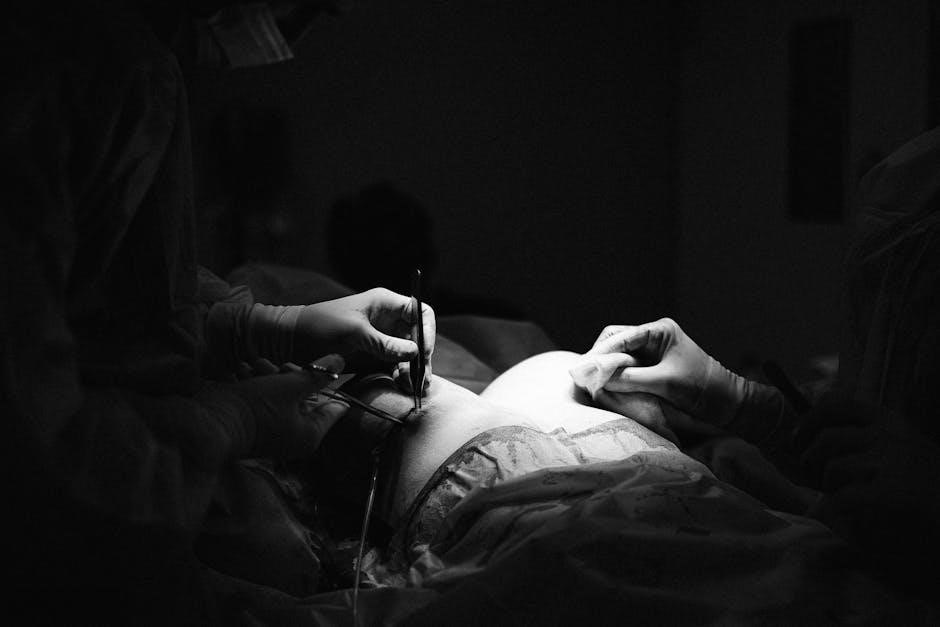
Role of Physical Therapy in Recovery
Physical therapy plays a vital role in post-surgery recovery by providing customized exercise programs and hands-on techniques to restore mobility and strength, ensuring a smooth transition to normal activity.
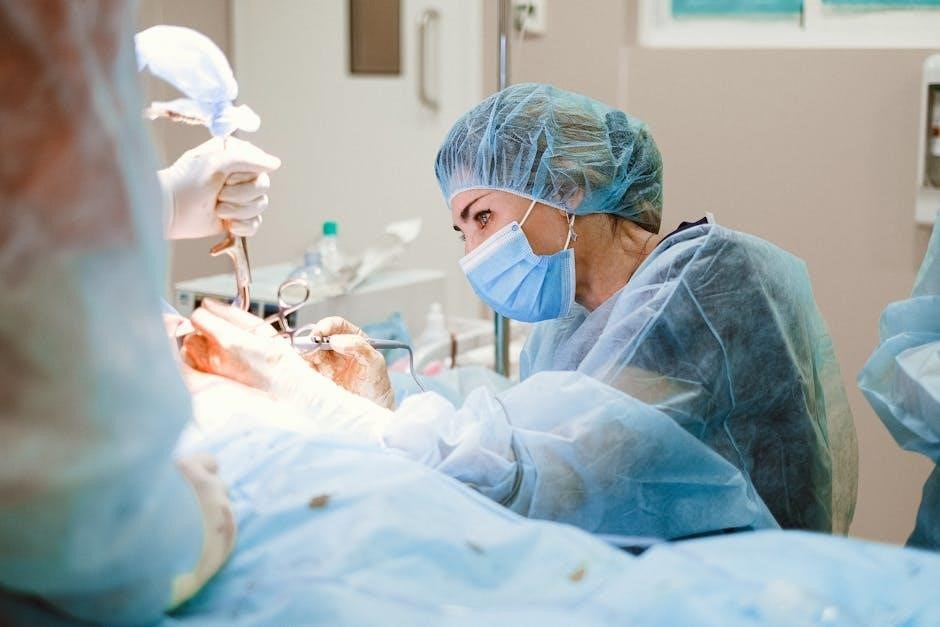
Customized Exercise Programs and Hands-On Techniques
Physical therapy provides tailored exercise plans to address individual recovery needs post-bunion surgery. These programs focus on restoring joint mobility, strengthening muscles, and improving balance. Techniques such as manual therapy, soft tissue mobilization, and joint mobilization are applied to enhance flexibility and reduce stiffness. Exercises like toe stretches, heel slides, and ankle resistance bands are commonly incorporated to target specific areas. Therapists also guide patients through progressive weight-bearing activities to ensure a safe transition to normal movement patterns. Customized approaches help prevent complications and promote optimal healing, ensuring patients regain full functional ability and reduce the risk of recurrence. Regular sessions with a physical therapist are essential for achieving these goals and supporting long-term foot health.
Preventing Bunion Recurrence
Preventing bunion recurrence requires proper footwear, orthotics, and lifestyle changes to reduce foot strain and improve alignment, promoting long-term foot health and minimizing deformity return.
Proper Footwear and Orthotics
Wearing proper footwear and orthotics is essential to prevent bunion recurrence. Choose shoes with a wide toe box to avoid pressure on the big toe. Avoid high heels and tight-fitting shoes, as they can exacerbate deformities. Orthotics, such as arch supports or custom insoles, can redistribute weight and align the foot correctly, reducing strain on the big toe joint. These devices help maintain proper foot mechanics and prevent the bunion from reforming. Additionally, footwear with soft, cushioned interiors can provide comfort and further support. By combining the right footwear with orthotic solutions, patients can significantly reduce the risk of bunion recurrence and promote long-term foot health. Consistency in wearing recommended footwear and orthotics is key to maintaining optimal results post-surgery.

Lifestyle Changes to Support Long-Term Foot Health
Lifestyle adjustments play a vital role in maintaining foot health post-bunion surgery. Weight management is crucial, as excess weight can strain the feet and lead to further issues. Incorporating low-impact activities, such as swimming or cycling, can help maintain fitness without stressing the foot. Smoking should be avoided, as it impairs circulation and slows healing. Regular foot exercises and stretching can improve flexibility and strength, reducing the risk of recurrence. Additionally, maintaining good posture and avoiding prolonged standing or walking on hard surfaces can alleviate strain. Adopting a balanced diet rich in nutrients promotes overall healing and foot health. By making these changes, patients can enhance their recovery and reduce the likelihood of future foot problems, ensuring a quicker return to normal activities. Consistent effort in these areas is essential for long-term success.